Figures & data
Figure 1. HPLC-SEC chromatograms of pneumococcal-PD/TT/DT bulk conjugates and carrier proteins stability samples. Serotypes 1, 4, 5, 6B, 7F, 9V, 14, 18C, 19F, 23F and PD, TT, DT (A to M) were stored at temperatures of -20, 4, 37, or 56°C for 5 wk, as labeled, or exposed to repeated freeze-thawing (F/T). Samples were loaded onto a TSK5000 PWXL column and eluted in PBS, pH7.4 with a flow rate 0.3 ml/min.
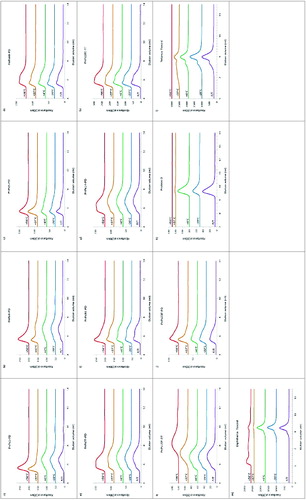
Figure 2. HPLC-SEC chromatograms of pneumococcal-CRM197 bulk conjugate stability samples. Serotypes 1, 4, 5, 6B, 9V, 14, 18C, 19F, and 23F (A to I) were stored at temperatures of -20, 4, 37, or 56°C for for 8 wk or exposed to repeated freeze-thawing (F/T). Conditions were as for .
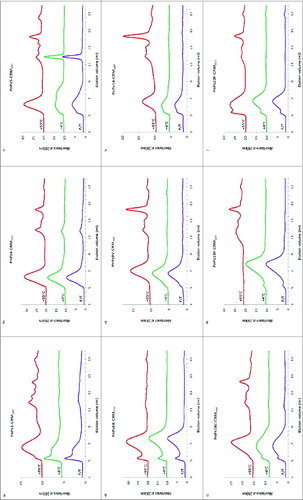
Figure 3. Percent free saccharide of monovalent pneumococcal-PD/TT/DT bulk conjugate stability samples. Samples were stored at -20, 4, 37, or 56°C for 5 wk or exposed to repeated freeze-thawing (F/T), with colors indicated in the legend. The free PS was separated from bulk conjugates by ultrafiltration and determined by HPAEC-PAD using PS standards.
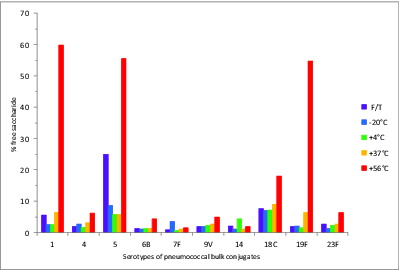
Figure 4. pH values of stability samples of monovalent pneumococcal-protein D/TT/DT bulk conjugates. Samples were stored at -20, 4, 37, or 56°C for 5 wk or exposed to repeated freeze-thawing (F/T), with colors indicated in the legend. pH measurements were made with samples equilibrated to room temperature.
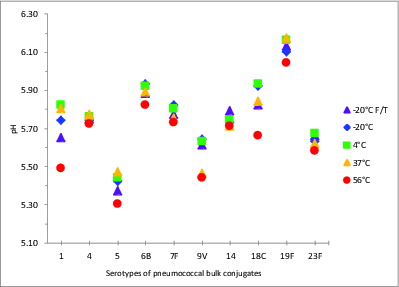
Figure 5. Intrinsic fluorescent emission maxima (Fmax) of stability samples of monovalent pneumococcal-PD/TT/DT bulk conjugate vaccines. Samples were stored at -20, 4, 37, or 56°C for 5 wk or exposed to repeated freeze-thawing (F/T), with colors indicated in the legend. An excitation wavelength of 280 nm was used.
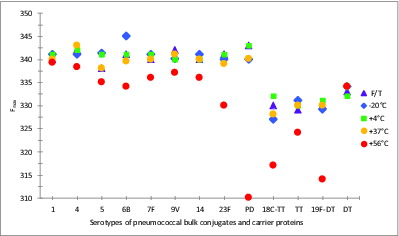
Table 1A. Saccharide substituents of pneumococcal polysaccharide vaccine hydrolysates
Table 1B. Saccharide substituents of pneumococcal polysaccharide vaccine hydrolysates utilized for quantitation of unconjugated saccharide (B)
